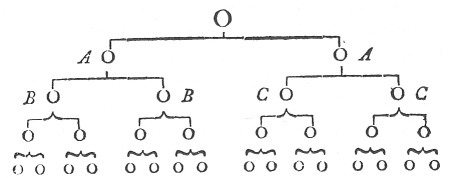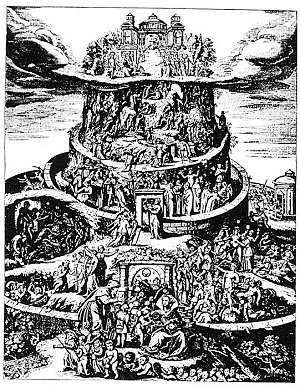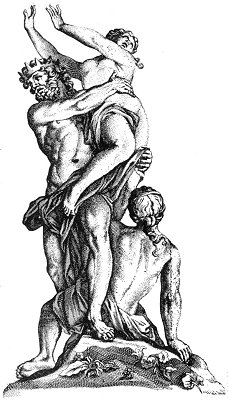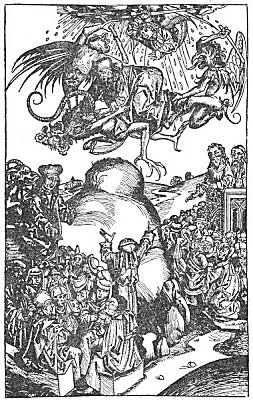“IX. Must we not then silently and gradually remedy those disorders before we can flatter ourselves with the re-establishment of the golden age? Meanwhile, is it not adviseable to disseminate the truth in Secret Societies?”
“X. Can we trace any such secret doctrine in the ancient schools of the sages, or in the allegorical lessons given by Jesus Christ, the Saviour and liberator of mankind, to his most intimate disciples? Have you not observed a sort of gradual education in that art which you see has been transmitted to our Order, from the highest antiquity?” 2
Should the answers of the Candidate to all these questions show that the progress he has made in his gradual education is not what the Order had reason to expect, he will solicit in vain the advancement he hoped for. Should his answers be equivocal, he will receive orders to prepare new ones, or to be more explicit. 3 But if he show the proper dispositions, and the Sect foresee no probability of his being startled at the lessons of the Hierophant on those grand objects which are to be disclosed to him, the Superiors give their assent, and a synod of the illuminized priesthood is held. The day of the initiation is fixed. At the hour agreed upon, the introducing adept waits upon his new proselyte and takes him into a carriage. The windows being closed, the Candidate blind-folded, and the coachman continually winding and varying his course, are precautions more than sufficient to hinder the proselyte from
p. 471
ever being able to trace the spot to which he is conducted. Led by the hand, and still blind-folded, he slowly ascends to the porch of the temple of the mysteries. His guide then divests him of the Masonic insignia, puts a drawn sword into his hand, takes off the bandage from his eyes, and leaves him, strictly forbidding him to proceed a step until he hears the voice which is to call him. He is then left to his reflections.
With respect to the pomp of the mysteries, when the Brethren celebrate them in all their splendour, the walls of the temple are hung in red, and lighted up with an immense number of candles or lamps. A voice is at length heard, saying, “Come, enter, unhappy fugitive! The fathers wait for you; enter and shut the door after you.” The proselyte obeys the voice which calls him. At the bottom of the temple he beholds a throne under a rich canopy with a table before it, on which lie a crown, a sceptre, a sword, some pieces of gold money, and precious jewels, all interlaid with chains. At the foot of this table, on a scarlet cushion, is thrown a white robe, a girdle, and the simple ornaments of the sacerdotal costume. The proselyte, standing at the bottom of the temple and in front of the throne, is addressed by the Hierophant as follows: “Behold and fix thine eyes on the splendour of the throne. If all this childish mummery, these crowns, these scepters, and all these monuments of human degradation, have any charms in your eyes, speak; and it may be in our power to gratify your wishes. Unhappy man! if such are your objects, if you wish to rise to power that you may assist in the oppression of your Brethren, go, and at your peril make the trial. Are you in quest of power, of force, of false honours, and of such superfluities, we will labour for you; we will procure such transient advantages for you, we will place you as near the throne as you can desire, and will leave you to the consequences of your folly; but observe, our sanctuary shall be for ever shut against you.
“On the contrary, do you wish to be initiated into wisdom, would you teach the art of rendering men better, more free and more happy, then be welcome, be thrice welcome. Here you behold the attributes of Royalty, and there, on the cushion, you see the modest vestment of innocence; make thy choice, and let it be the choice which thy heart shall dictate.”

Moe is the founder of GnosticWarrior.com. He is a father, husband, author, martial arts black belt, and an expert in Gnosticism, the occult, and esotericism.





